Chrysler 2013 Annual Report Download - page 108
Download and view the complete annual report
Please find page 108 of the 2013 Chrysler annual report below. You can navigate through the pages in the report by either clicking on the pages listed below, or by using the keyword search tool below to find specific information within the annual report.-
 1
1 -
 2
2 -
 3
3 -
 4
4 -
 5
5 -
 6
6 -
 7
7 -
 8
8 -
 9
9 -
 10
10 -
 11
11 -
 12
12 -
 13
13 -
 14
14 -
 15
15 -
 16
16 -
 17
17 -
 18
18 -
 19
19 -
 20
20 -
 21
21 -
 22
22 -
 23
23 -
 24
24 -
 25
25 -
 26
26 -
 27
27 -
 28
28 -
 29
29 -
 30
30 -
 31
31 -
 32
32 -
 33
33 -
 34
34 -
 35
35 -
 36
36 -
 37
37 -
 38
38 -
 39
39 -
 40
40 -
 41
41 -
 42
42 -
 43
43 -
 44
44 -
 45
45 -
 46
46 -
 47
47 -
 48
48 -
 49
49 -
 50
50 -
 51
51 -
 52
52 -
 53
53 -
 54
54 -
 55
55 -
 56
56 -
 57
57 -
 58
58 -
 59
59 -
 60
60 -
 61
61 -
 62
62 -
 63
63 -
 64
64 -
 65
65 -
 66
66 -
 67
67 -
 68
68 -
 69
69 -
 70
70 -
 71
71 -
 72
72 -
 73
73 -
 74
74 -
 75
75 -
 76
76 -
 77
77 -
 78
78 -
 79
79 -
 80
80 -
 81
81 -
 82
82 -
 83
83 -
 84
84 -
 85
85 -
 86
86 -
 87
87 -
 88
88 -
 89
89 -
 90
90 -
 91
91 -
 92
92 -
 93
93 -
 94
94 -
 95
95 -
 96
96 -
 97
97 -
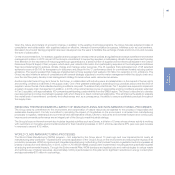 98
98 -
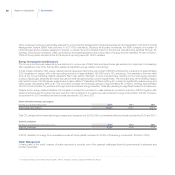 99
99 -
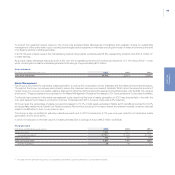 100
100 -
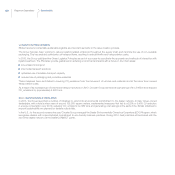 101
101 -
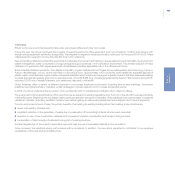 102
102 -
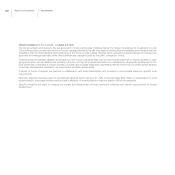 103
103 -
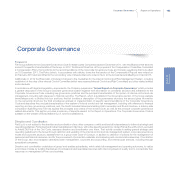 104
104 -
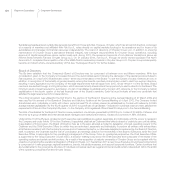 105
105 -
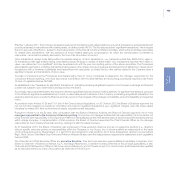 106
106 -
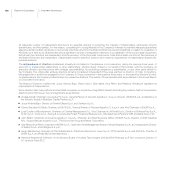 107
107 -
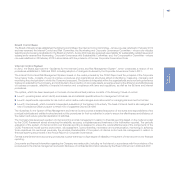 108
108 -
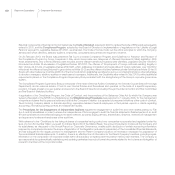 109
109 -
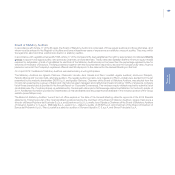 110
110 -
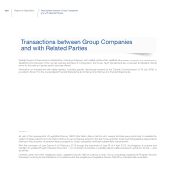 111
111 -
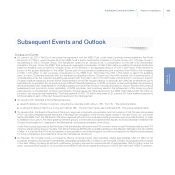 112
112 -
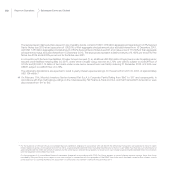 113
113 -
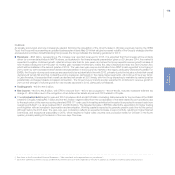 114
114 -
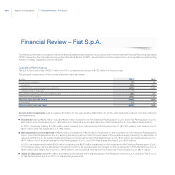 115
115 -
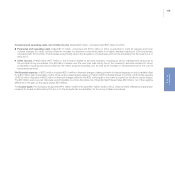 116
116 -
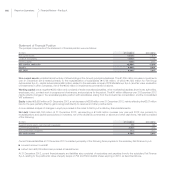 117
117 -
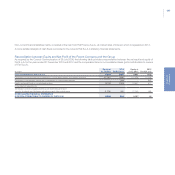 118
118 -
 119
119 -
 120
120 -
 121
121 -
 122
122 -
 123
123 -
 124
124 -
 125
125 -
 126
126 -
 127
127 -
 128
128 -
 129
129 -
 130
130 -
 131
131 -
 132
132 -
 133
133 -
 134
134 -
 135
135 -
 136
136 -
 137
137 -
 138
138 -
 139
139 -
 140
140 -
 141
141 -
 142
142 -
 143
143 -
 144
144 -
 145
145 -
 146
146 -
 147
147 -
 148
148 -
 149
149 -
 150
150 -
 151
151 -
 152
152 -
 153
153 -
 154
154 -
 155
155 -
 156
156 -
 157
157 -
 158
158 -
 159
159 -
 160
160 -
 161
161 -
 162
162 -
 163
163 -
 164
164 -
 165
165 -
 166
166 -
 167
167 -
 168
168 -
 169
169 -
 170
170 -
 171
171 -
 172
172 -
 173
173 -
 174
174 -
 175
175 -
 176
176 -
 177
177 -
 178
178 -
 179
179 -
 180
180 -
 181
181 -
 182
182 -
 183
183 -
 184
184 -
 185
185 -
 186
186 -
 187
187 -
 188
188 -
 189
189 -
 190
190 -
 191
191 -
 192
192 -
 193
193 -
 194
194 -
 195
195 -
 196
196 -
 197
197 -
 198
198 -
 199
199 -
 200
200 -
 201
201 -
 202
202 -
 203
203 -
 204
204 -
 205
205 -
 206
206 -
 207
207 -
 208
208 -
 209
209 -
 210
210 -
 211
211 -
 212
212 -
 213
213 -
 214
214 -
 215
215 -
 216
216 -
 217
217 -
 218
218 -
 219
219 -
 220
220 -
 221
221 -
 222
222 -
 223
223 -
 224
224 -
 225
225 -
 226
226 -
 227
227 -
 228
228 -
 229
229 -
 230
230 -
 231
231 -
 232
232 -
 233
233 -
 234
234 -
 235
235 -
 236
236 -
 237
237 -
 238
238 -
 239
239 -
 240
240 -
 241
241 -
 242
242 -
 243
243 -
 244
244 -
 245
245 -
 246
246 -
 247
247 -
 248
248 -
 249
249 -
 250
250 -
 251
251 -
 252
252 -
 253
253 -
 254
254 -
 255
255 -
 256
256 -
 257
257 -
 258
258 -
 259
259 -
 260
260 -
 261
261 -
 262
262 -
 263
263 -
 264
264 -
 265
265 -
 266
266 -
 267
267 -
 268
268 -
 269
269 -
 270
270 -
 271
271 -
 272
272 -
 273
273 -
 274
274 -
 275
275 -
 276
276 -
 277
277 -
 278
278 -
 279
279 -
 280
280 -
 281
281 -
 282
282 -
 283
283 -
 284
284 -
 285
285 -
 286
286 -
 287
287 -
 288
288 -
 289
289 -
 290
290 -
 291
291 -
 292
292 -
 293
293 -
 294
294 -
 295
295 -
 296
296 -
 297
297 -
 298
298 -
 299
299 -
 300
300 -
 301
301 -
 302
302 -
 303
303 -
 304
304 -
 305
305 -
 306
306 -
 307
307 -
 308
308 -
 309
309 -
 310
310 -
 311
311 -
 312
312 -
 313
313 -
 314
314 -
 315
315 -
 316
316 -
 317
317 -
 318
318 -
 319
319 -
 320
320 -
 321
321 -
 322
322 -
 323
323 -
 324
324 -
 325
325 -
 326
326 -
 327
327 -
 328
328 -
 329
329 -
 330
330 -
 331
331 -
 332
332 -
 333
333 -
 334
334 -
 335
335 -
 336
336 -
 337
337 -
 338
338 -
 339
339 -
 340
340 -
 341
341 -
 342
342 -
 343
343 -
 344
344 -
 345
345 -
 346
346 -
 347
347 -
 348
348 -
 349
349 -
 350
350 -
 351
351 -
 352
352 -
 353
353 -
 354
354 -
 355
355 -
 356
356 -
 357
357 -
 358
358 -
 359
359 -
 360
360 -
 361
361 -
 362
362 -
 363
363 -
 364
364 -
 365
365 -
 366
366
 |
 |
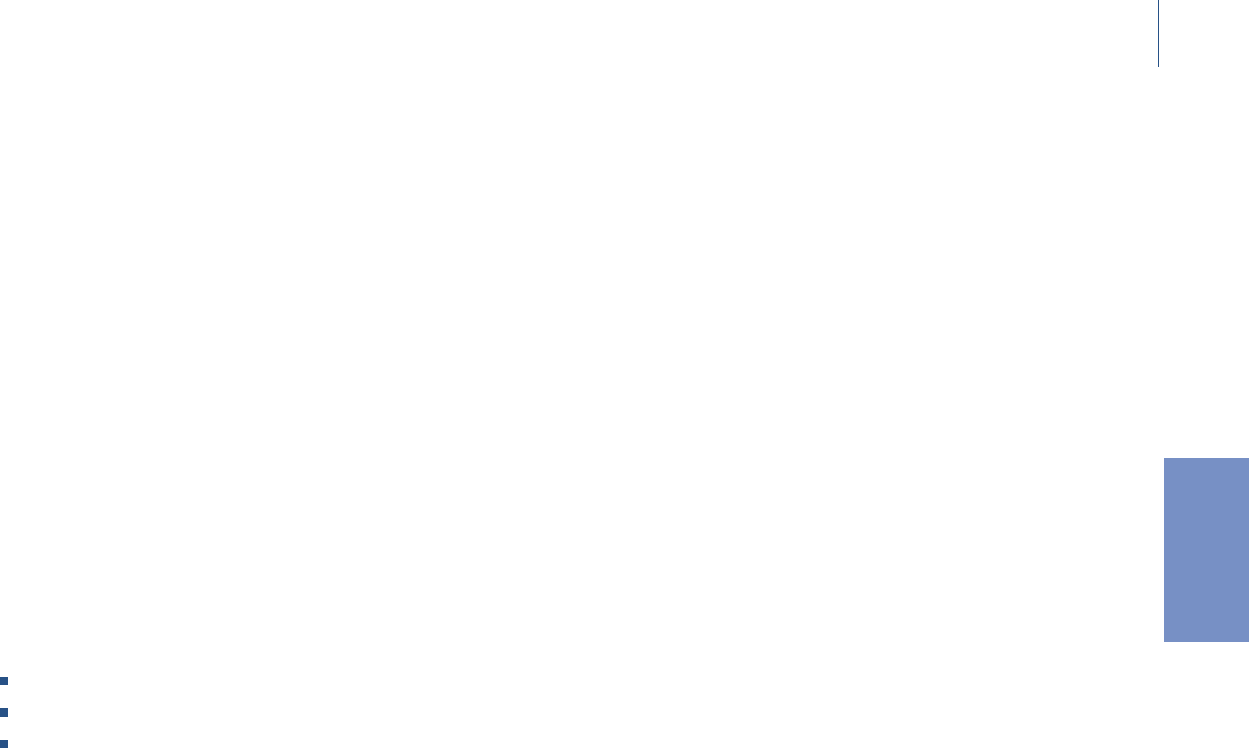
107
Report on
Operations
Board Committees
The Board of Directors has established the following committees: the Internal Control Committee – whose role was redefined in February 2012
and was renamed the Internal Control and Risk Committee; the Nominating and Corporate Governance Committee – whose role includes
selecting and proposing candidates for the Board and which, during 2009 was also assigned responsibility for sustainability-related issues and
subsequently renamed the Nominating, Corporate Governance and Sustainability Committee; and, the Compensation Committee – whose
role was redefined on 22 February 2012 in accordance with the provisions of the new Corporate Governance Code.
Internal Control System
In 2012, the Board approved the “Guidelines for the Internal Control and Risk Management System”, which constituted a revision of the
procedures established in 1999 and 2003, including adoption of changes introduced by the Corporate Governance Code in 2011.
The Internal Control and Risk Management System, based on the model provided by the COSO Report and the principles of the Corporate
Governance Code, consists of a set of policies, procedures and organizational structures aimed at identifying, measuring, managing and
monitoring the principal risks to which the Company is exposed. The system is integrated within the organizational and corporate governance
framework adopted by the Company, and contributes to the protection of corporate assets, as well as ensuring the efficiency and effectiveness
of business processes, reliability of financial information and compliance with laws and regulations, as well as the By-laws and internal
procedures.
The system, which has been developed on the basis of international best practice, consists of the following 3 levels of control:
Level 1: operating areas, which identify and assess risk and establish specific actions for management of that risk
Level 2: departments responsible for risk control, which define methodologies and instruments for managing risk and monitor that risk
Level 3: internal audit, which conducts independent evaluations of the System in its entirety. The head of Internal Audit is also assigned the
role of Compliance Officer pursuant to Article 150 of Legislative Decree 58/1998
The Guidelines for the System of Risk Management and Internal Control provide a detailed description of the duties and responsibilities of the
principal individuals and entities involved and set out the procedures for their coordination in order to ensure the effectiveness and efficiency of
the system and reduce potential duplication of activities.
The Company has developed a system of internal control and risk management in relation to financial reporting based on the model provided
by the COSO Framework aimed at ensuring the reliability, accuracy, completeness and timeliness of the information reported. The periodic
evaluation of the system of internal control over financial reporting is designed to ensure the overall effectiveness of the components of the
COSO Framework model (control environment, risk assessment, control activities, information and communication, monitoring) in achieving
those objectives. As mentioned previously, the principal characteristics of the system of internal control and risk management in relation to
financial reporting are provided in the Annual Report on Corporate Governance.
Fiat has administrative and accounting procedures in place that ensure a high degree of reliability in the system of internal control over financial
reporting.
Documents and financial information regarding the Company are made public, including via the internet, in accordance with the provisions of the
procedures for the internal management and public disclosure of confidential information adopted by the Board of Directors in 2006 and 2007.
